Buccal Fat Pad Removal in Virginia, Washington D.C. and Maryland.
Embark on a journey of aesthetic excellence with The Naderi Center. Experience unparalleled artistry and precision for transformative beauty.
Buccal Fat Pad Removal Benefits
You can achieve a more sculpted facial appearance through buccal fat pad removal. This procedure helps highlight cheekbones and refine facial contours, resulting in a rejuvenated and defined look. Here are more benefits:
Slimmer Cheek Appearance
Enjoy a leaner, more refined facial profile with reduced fullness in the cheeks, offering a balanced and appealing aesthetic.
Youthful Radiance
By minimizing excess cheek fat, your face can regain a youthful vibrancy, accentuating your natural beauty and boosting self-confidence.
Tailored Facial Proportions
Buccal fat pad removal can harmonize facial proportions, creating an overall more balanced and elegant facial structure.
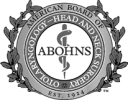
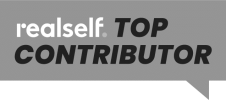
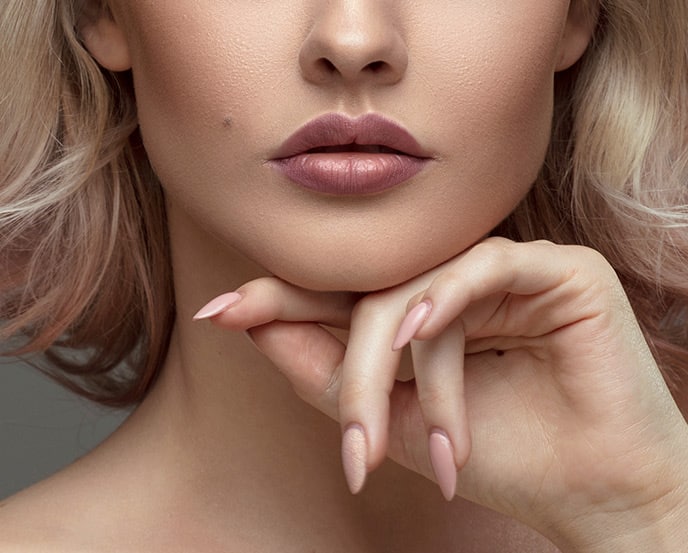
What Can I Count on in Terms of Outcomes After Removing Buccal Fat?
- More slender-looking face
- More pronounced and higher cheekbones
- More chiseled and sculpted facial features
What is Buccal Fat Removal Surgery?
Buccal fat removal surgery is a short surgical procedure for both men and women where some or all of the buccal fat found in the face is removed for immediate and permanent results. By removing large fat deposits from the lower face, a thinner and more sculpted facial shape, especially in the jawline, is created in both men and women. Those desiring this procedure must note that buccal fat removal can potentially worsen the aged appearance of nasolabial folds or smile lines, as it is often the fat pad that helps to smooth out this area of the face. Additionally, removing too much fat can create a gaunt appearance due to the extreme loss of fat and collagen. So it is important to only have this outpatient procedure performed by a board-certified plastic surgeon who can advise you on the best outcomes.
What is the buccal fat pad?
The buccal fat pad is a normal, small pad of fat that is found beneath each cheek hollow area under the cheekbones. The main purpose of the fat pad is to provide a layer of cushioning and to protect the chewing muscles in the lower cheeks. While everyone has buccal fat pads, buccal fat can be more pronounced in some than others. Individuals with fuller buccal fat pads have more volume in the bottom portion of their cheeks. Excess fat storage in this area is mostly hereditary, as you can find otherwise slender people with large buccal fat deposits. Those looking to slim their cheeks while creating a beautiful contour, contoured appearance, and chisel to the face are considered great candidates for buccal fat removal.
A Celebrity Appearance
The desire for a more sculpted face with the appearance of higher cheekbones has been on the rise. The buccal fat pad removal procedure is one of the most highly requested facial cosmetic procedures that helps achieve that sculpted look.
Celebrities like Bella Hadid, Angelina Jolie, and Margot Robbie are a few examples of the “look” that patients are seeking when they come in for buccal fat pad removal.
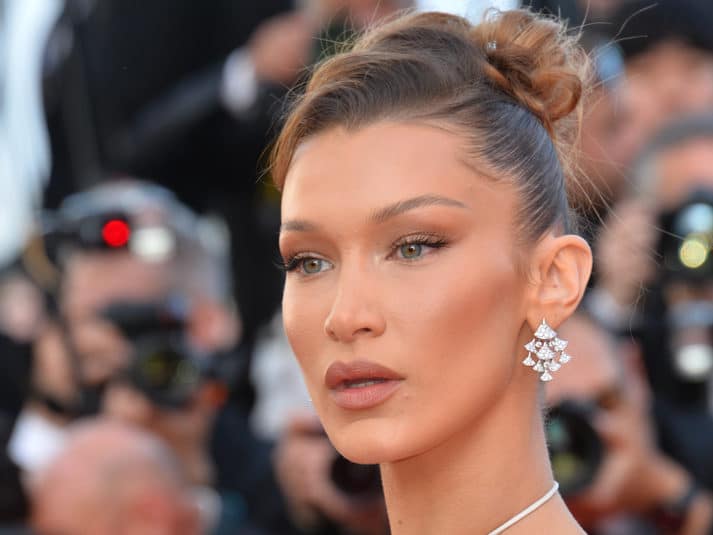

Candidates for Buccal Fat Pad Removal
Buccal fat pad removal Ideal candidates:
- 20 to 40 years old
- Full, round, or “chipmunk cheeks”
- Men seeking a stronger jawline and a more chiseled masculine look
- At ideal body weight (overweight individuals may not notice dramatic improvement with buccal fat pad removal)
- Not planning to lose or gain a significant amount of weight in the future
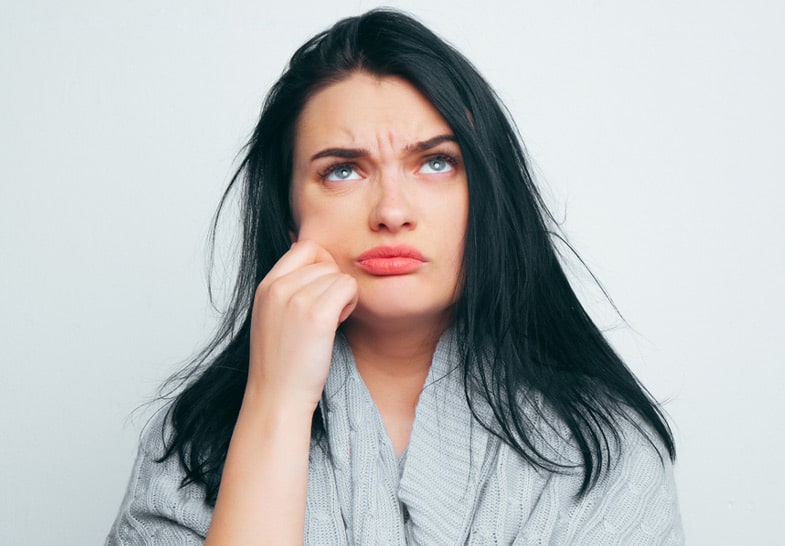
Technique for Buccal Fat Pad Removal
Cheek reduction surgery is a lasting, safe procedure that a surgeon can perform while the patient is under local and/or general anesthesia. The recovery process is relatively quick, and results are immediate.
Following administration of anesthesia, the surgeon will make two small incisions inside of the mouth and then gently remove or “tease out” a specific amount of the fat pad from the incision to create the desired look. Depending on the desired results, the surgeon may remove the entire fat pad or just a portion of it. When the buccal fat pads are removed, they present as little globs of fat. The surgeon will create the incision on the inside of the cheek near the two upper molars and will close it with sutures that dissolve within 1-2 weeks.
Buccal fat pad removal will take the surgeon about an hour to perform. Your provider can also perform buccal fat pad removal simultaneously with other additional procedures including rhinoplasty, facelift, or lip augmentation. A board-certified plastic surgeon is best positioned to perform this cosmetic surgery procedure to ensure proper removal of the fat pad and that the desired look is natural and specific to the patient’s face.
Complete Removal Of Buccal Fat Pad Vs. Partial Removal Of Buccal Fat Pad
The amount of fatty tissue that is removed will differ depending on each patient’s desired look. With a partial buccal fat pad removal, the surgeon will leave behind some remaining fat in the lower cheek region. After partial fat pad removal, if a patient gains weight, the results of their surgery will be diminished. For older patients or patients with moderate-size fat pads who still desire the prominent cheekbone look, a partial buccal fat pad removal may prevent the patient from appearing gaunt after the procedure. A younger patient who has more volume in their face may better benefit from a whole buccal fat pad removal to ensure more dramatic results.
Testimonial
“From the initial phone call to gather information and schedule an appointment, my experience with Dr, Kulak and the Naderi Center was the best. There was always someone available to answer my questions or call me back quickly. Dr. Kulak is the best! She is most concerned with patient safety and comfort. Anyone considering this procedure should speak with Dr. Kulak first.”
Susan Book
Preparation for Buccal Fat Pad Removal
The first step in preparing for a buccal fat removal procedure is a consultation appointment with a board-certified plastic surgeon who can determine whether you are in good physical health and are an ideal candidate for this procedure. Your surgeon may also present other options for achieving a more sculpted, youthful appearance, including facial fillers, fat grafting, or sometimes even weight loss.
Pre-Operative Timeline For Buccal Fat Pad Removal
3-4 weeks before Buccal Fat Pad Removal
- Obtain medical evaluation and clearance from your primary care physician.
- Complete require laboratory testing.
- Make work and recovery arrangements.
- Stop tobacco, cigarettes, and nicotine consumption, which can cause poor wound healing, longer healing times, and excessive scarring.
2 Weeks before Buccal Fat Pad Removal:
Surgery Pre-Op Appointment: You will come in for your pre-op appointment to review the surgery plan with your surgeon and go over logistical surgery details with your patient coordinator.
Diet/Supplementation Restrictions:
- Avoid foods, drinks, and herbal supplements that can increase risk of bleeding and bruising.
- Avoid aspirin, Ibuprofen, Naproxen, Motrin, blood thinners, vitamin E, omega-3, fish oil, and alcohol.
- Use Tylenol instead of other over-the-counter pain medications.
Fill Prescriptions.
- These may include antibiotics and/or pain medication for after the surgery as well as pre-medication to take prior to your procedure.
1-2 weeks before Buccal Fat Pad Removal
- Accumulate recommended items on surgery shopping list.
- Review instructions with caregiver. Confirm who will be driving you to and from the surgical center and who will stay with you for at least 24 hours after the surgery.
- Start Arnica tablets two days before surgery.
Night before Buccal Fat Pad Removal
- DO NOT EAT OR DRINK ANYTHING AFTER MIDNIGHT OR SURGERY WILL BE CANCELLED.
- If prescribed, take medications with a small sip of water.
Set up home recovery area
- This may include pillows, blankets, books, television, and anything else to assist with a comfortable recovery.
Bathing
- You can shower, but do not apply lotion, perfume, hair products, etc.
Day of Buccal Fat Pad Removal
Wear comfortable clothes
- Dress in comfortable and loose-fitting clothes.
- Do not wear any makeup, jewelry, cosmetic creams, contacts, hair products, deodorant, or sunscreen, and remove all piercings.
Surgical facility arrival.
- Have someone accompany you to and from the surgical center. Arrive at the pre-designated time and remember to bring a form of identification.
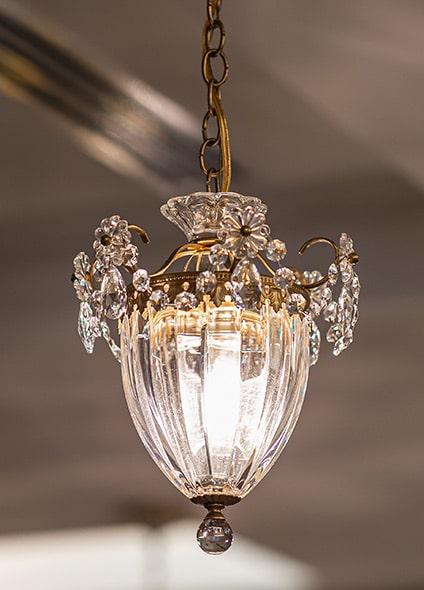
Schedule A Consultation for Buccal Fat Pad Removal
To find out if buccal fat removal is the right procedure for you, contact The Naderi Center to schedule a consultation. Contact the Reston, Virginia office at 703-481-0002 or the Chevy Chase, Maryland office at 301-222-2020. Although The Naderi Center is conveniently located for patients throughout the Virginia, Maryland, and Washington D.C. area, we have many patients from across the United States who travel to our surgeons because they know they are ultra-specialized in their area of cosmetic plastic surgery. Those outside of the immediate area may request a virtual consultation with our specialists.
Recovering Following Buccal Fat Pad Extraction
Following buccal fat removal, patients may experience soreness and facial swelling that dissipates within 2 to 3 weeks. The cheeks will begin to look thin and more contoured once the swelling has gone down, with zero visible scarring. The best results will appear after a few weeks to months and will improve with time as swelling leaves the cheeks. After that time you can say you had a successful recovery.
The tissues inside of the mouth need about 7 to 10 days of recovery time, so the patient should maintain a soft diet for the first couple of days following surgery. The doctor will recommend ice and over-the-counter pain medication like Tylenol to control for swelling and discomfort.
The surgeon normally uses dissolvable sutures, so the patient will not need any sutures removed during follow-up appointments. The provider recommends that buccal fat removal patients sleep on their backs with their heads elevated for the first 3 nights to assist with recovery. The first week after the procedure, the patient should avoid all strenuous activity and contact sports. Most patients can return to their normal activities after about 1 to 2 weeks.
Buccal Fat Pad Removal Risks, and Potential Complications
While buccal fat pad removal is a relatively quick and easy procedure, as with any surgery, it has intrinsic risks. One of the biggest aesthetic concerns is the large unknown of how you may age with time without the extra volume provided by the buccal fat pad.
Some doctors are hesitant to perform this procedure on very young patients since facial volume and bone structure can change over decades and some patients have reported regretting the loss of fat in the face in their later years.
Other potential complications associated with buccal fat removal can include:
- Anesthesia risks
- Bleeding and hematoma formation
- Asymmetry
- Infection
- Deep vein thrombosis (blood cloth)
- Numbness around the surgical area
- Facial muscle weakness, facial nerve injury, or paralysis due to facial nerve damage in the surgical area
- Persistent pain, poor healing process, prolonged inflammation, salivary duct injury, and seroma (fluid retention)
Buccal Fat Pad Removal Surgeons, Dr. Shervin Naderi and Dr. Jessica Kulak
Double Board-Certified Facial Plastic Surgeons Dr. Shervin Naderi and Dr. Jessica Kulak exclusively specialize in advanced facial procedures. Dr. Naderi and Dr. Kulak are highly experienced in the buccal fat pad removal procedure, providing natural, balanced results that complement each patient’s unique facial structure. During your consultation, Dr. Naderi or Dr. Kulak will evaluate your facial anatomy and advise whether this procedure is ideal for your goals, or if alternative options could better achieve your desired outcome.
Dr. Jessica Kulak – Board Certified Facial Plastic Surgery
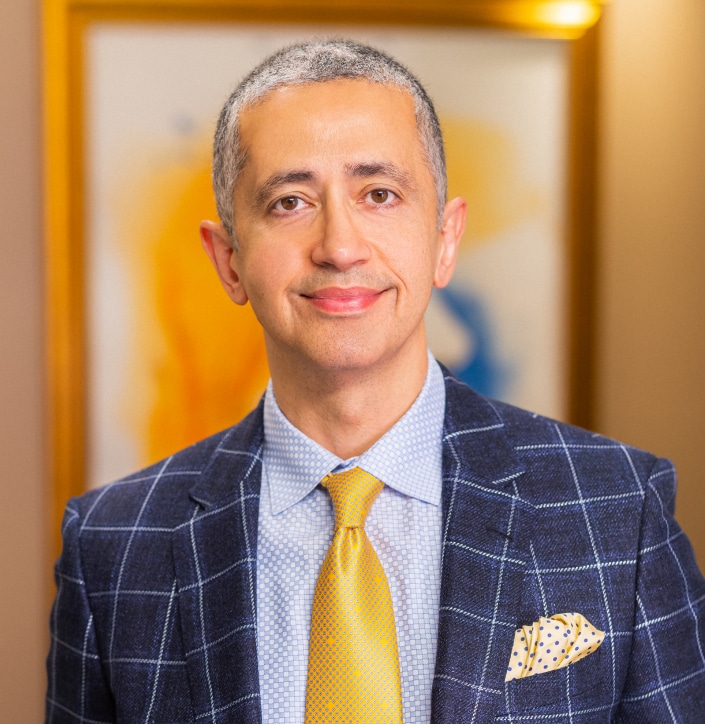
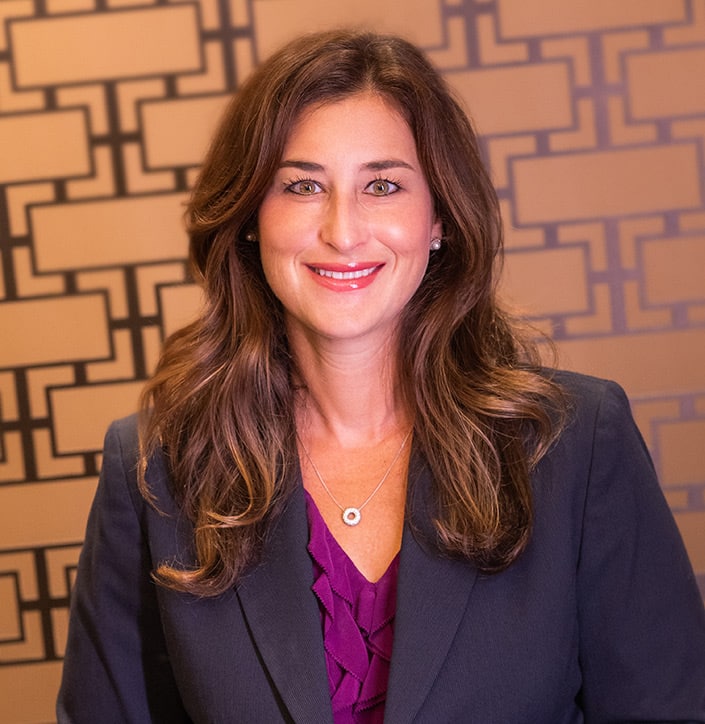
Buccal Fat Pad Removal FAQs
Is buccal fat pad removal worth it?
Buccal fat pad removal can be an effective surgery for achieving an appealing facial contour if this is your aesthetic goal. It is important to understand the individual’s facial anatomy and work with an experienced buccal fat removal surgeon to ensure the best results but also have realistic expectations of what this procedure can achieve.
How painful is buccal fat pad removal?
Buccal fat removal is generally not a painful procedure if you are working with a skilled surgeon. Most patients experience minimal discomfort immediately after the surgery, which should gradually lessen within hours after surgery. A proper private consultation beforehand will help minimize any potential pain associated with the procedure.
What age is best for buccal fat pad removal?
The surgeon will determine the best age for buccal fat pad removal during the initial consultation that covers medical history and facial anatomy. An experienced surgeon can provide the best advice as to whether this procedure is ideal for a particular patient’s situation.
Is it possible for the removal of the buccal fat pad to alter the shape of your face?
Yes, buccal fat pad removal, a type of cosmetic surgery, can transform your face shape by reducing chubby cheeks. This procedure aims to create a more sculpted facial appearance.
Will I have scars after a buccal fat pad removal?
No, generally the patient will have no visible scars after a buccal fat pad removal medical procedure.
How much is the Buccal Fat Pad Removal average cost?
The average cost of buccal fat pad removal is approximately $4,500.
What Can I Eat Following Buccal Fat Removal?
The provider recommends that the cosmetic surgery patient avoid granular and sharp foods following the procedure as these types of foods can get stuck in the wounds of the two small incisions within the cheeks. Instead, patients should eat foods like mashed potatoes or a well-blended smoothie during the recovery period.
Do The Outcomes Of Buccal Fat Removal Endure Permanently?
Yes, the results of buccal fat removal surgery are permanent unless the patient has significant weight gain. The ideal candidate will be at a stable weight since gaining 20 or more pounds can create cheek fullness again.
Are Dr. Naderi and Dr. Kulak Experienced in Buccal Fat Pad Removal?
Yes, Dr. Shervin Naderi and Dr. Jessica Kulak are highly experienced in buccal fat pad removal and are exclusively dedicated to facial procedures. They will determine whether this procedure is suitable for your facial structure or if another option would better achieve your goals.
What Is the Approach the Plastic Surgeons Take When Performing Buccal Fat Removal?
Dr. Naderi and Dr. Kulak emphasize long-term results and carefully consider how facial aging may affect each patient’s outcome. Their goal is to create balanced, natural contours that age gracefully over time.
Can The Surgeon Use Liposuction To Remove The Buccal Fat Pad?
Unfortunately, liposuction is not an option for removing buccal fat because of how deep the fat is located in the face and because its consistency is different from regular fat cells.
What Buccal Fat Pad Removal office is near me?
If you live in the states of Virginia or Maryland, The Naderi Center for Plastic Surgery and Dermatology offers buccal fat pad removal among its services. For a full list of services, please visit our Locations page.